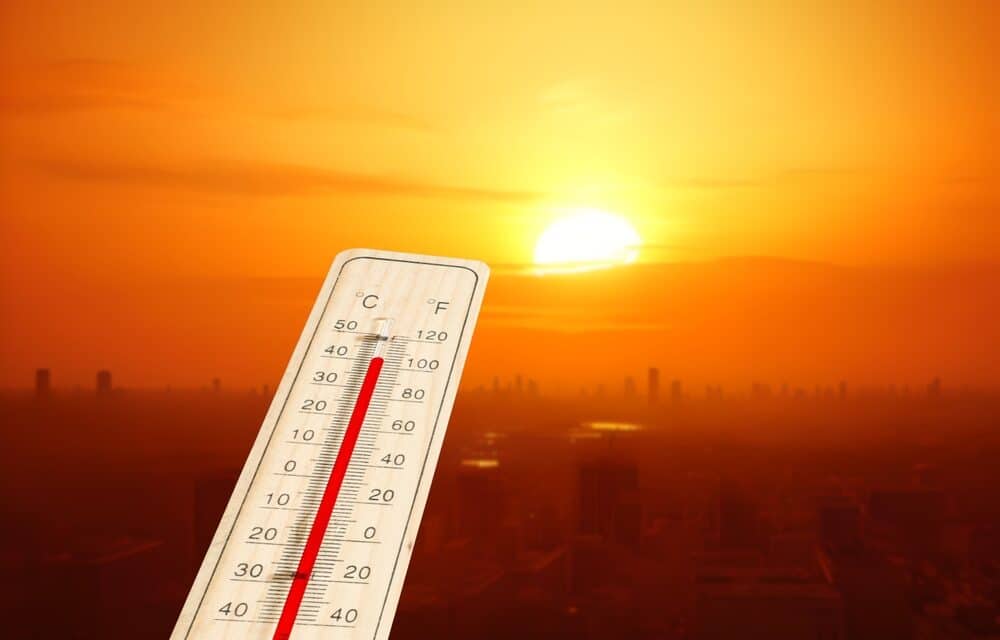When a heat wave strikes, many people probably think it’s just another sign of global warming. However, a concerning new study has discovered a collection of global “hotspots,” where temperatures are becoming so extreme without warning that climate change can’t explain it.
In these regions, summer heat doesn’t just creep up, it suddenly explodes into uncharted territory. Researchers from the Columbia Climate School add that these heat waves are so extreme, they’re breaking all prediction climate models that have been made.
We’re talking about temperature records shattered by mind-boggling margins, like the 2021 heat wave in the Pacific Northwest that broke daily records by a staggering 54 degrees Fahrenheit.
“These regions become temporary hothouses,” says lead researcher Kai Kornhuber in a media release.
The most dramatic examples read like a global heat disaster tour. Central China, Japan, the Arabian Peninsula, eastern Australia, and northwestern Europe have been hit hardest. In Europe alone, heat waves contributed to nearly 60,000 deaths in 2022 and 47,000 in 2023.
What makes these heat waves so unusual is their unpredictability. One potential explanation involves the jet stream – that fast-moving river of air circling the Northern Hemisphere.
As the Arctic warms faster than other regions, the jet stream becomes unstable, potentially creating “Rossby waves” that trap hot air in unexpected places for days or even weeks.
Here’s the truly frightening part: we’re not prepared for these extreme events. Many regions, like the Pacific Northwest and Europe, traditionally didn’t need air conditioning. Suddenly, they’re facing temperatures that can kill.
“We’re not built for them, and we might not be able to adapt fast enough,” Kornhuber warns.








